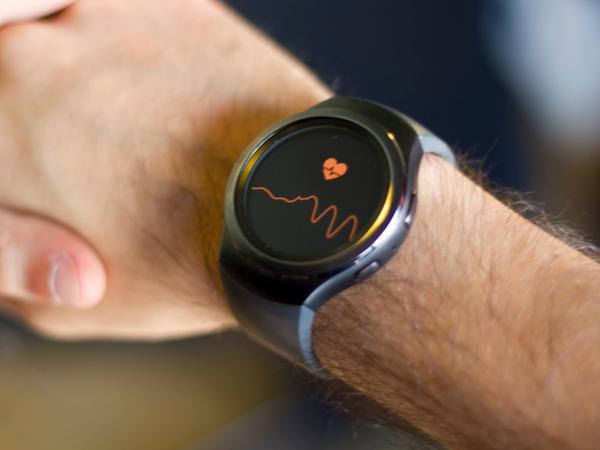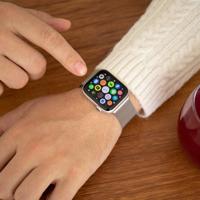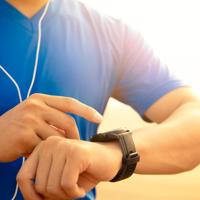In our increasingly interconnected world, technology touches nearly every aspect of our daily lives. One area where tech has made significant strides is in health and fitness. Among these advancements, pulse oximeters have emerged as useful tools for monitoring health in real-time, especially for those keen on keeping a close eye on their heart and lung function.
What is a Pulse Oximeter?
A pulse oximeter is a small, non-invasive device designed to measure the oxygen saturation level in your blood along with your pulse rate. This device is typically clipped onto a thin part of your body, such as a fingertip or earlobe. It uses light beams to estimate the oxygen saturation of your blood, providing valuable data that can inform about your respiratory and cardiovascular status.
How Does It Work?
The device sends two wavelengths of light through your finger to a photodetector. It captures the amount of light absorbed by hemoglobin in your blood, which varies depending on oxygen levels. The pulse oximeter then processes this information to give you an estimate of your oxygen saturation and heart rate.
Why Use a Pulse Oximeter?
Monitoring your blood oxygen levels can be important for various reasons. It can provide insights if you have chronic conditions like asthma or COPD, are at high altitudes, or are engaged in intense physical activities.
For instance, high-altitude hikers and climbers use pulse oximeters to ensure their oxygen levels remain balanced, preventing altitude sickness. Additionally, athletes often utilize these devices during strenuous training sessions to optimize their performance and recovery.
Different Types of Pulse Oximeters
Fingertip Pulse Oximeters: These are the most common and portable devices. They’re incredibly user-friendly—simply clip it onto a finger, and you'll get readings in seconds.
Handheld Pulse Oximeters: Typically found in clinical settings, these devices offer more features and can connect to computers or smartphones for detailed analysis.
Wrist-Worn Pulse Oximeters: Resembling a watch, these devices are useful for continuous monitoring, often favored by those looking to track their levels during sleep for conditions like sleep apnea.
Understanding Pulse Oximeter Readings
The data given by a pulse oximeter includes SpO2 (oxygen saturation) and pulse rate. Normal SpO2 levels typically range from 95% to 100%. It's essential to remember that various factors like nail polish, movement, and skin pigmentation can affect accuracy.
Real-World Applications
A study titled “Accuracy of Pulse Oximetry in COVID-19 Patients” published in the American Journal of Respiratory and Critical Care Medicine highlighted pulse oximeters’ significance during the pandemic. Clinicians used them to monitor patients’ respiratory status, allowing timely interventions.
For a less clinical example, consider Jane, a passionate marathon runner, who uses a pulse oximeter to ensure her body is adequately oxygenated during high-mileage weeks. This allows her to adjust her training intensity accordingly, preventing overexertion.
Things to Consider Before Buying
When choosing a pulse oximeter, consider the following:
- Ease of Use: Look for a device with a simple interface.
- Display Readability: Make sure the display is clear and well-lit.
- Accuracy and Reliability: Check for reviews and brand reputation to ensure dependable readings, especially when considering Fitness Trackers.
- Features: Some models offer additional features like Bluetooth connectivity or auditory alarms.
Conclusion
Pulse oximeters can be a practical addition to your health monitoring toolkit. Whether managing a medical condition or aiming to optimize athletic performance, these devices offer insights that empower informed decisions about your health. Remember, while they are helpful, they should not replace professional medical advice or diagnostics.
By staying informed and understanding your body's signals, you can move towards a smarter, tech-driven lifestyle that prioritizes well-being. If you’re considering adding a pulse oximeter to your routine, take your time to assess your needs and explore options that best fit your lifestyle.
For more insights on integrating technology into a healthy lifestyle, feel free to explore other sections of our website under Health & Fitness Tech.


